*We’ve previously covered two other Sichuan dishes here, one was an attempt to recreate Shisen Hanten’s Dan Dan noodles and another was making poached fish in a sea of chili oil.
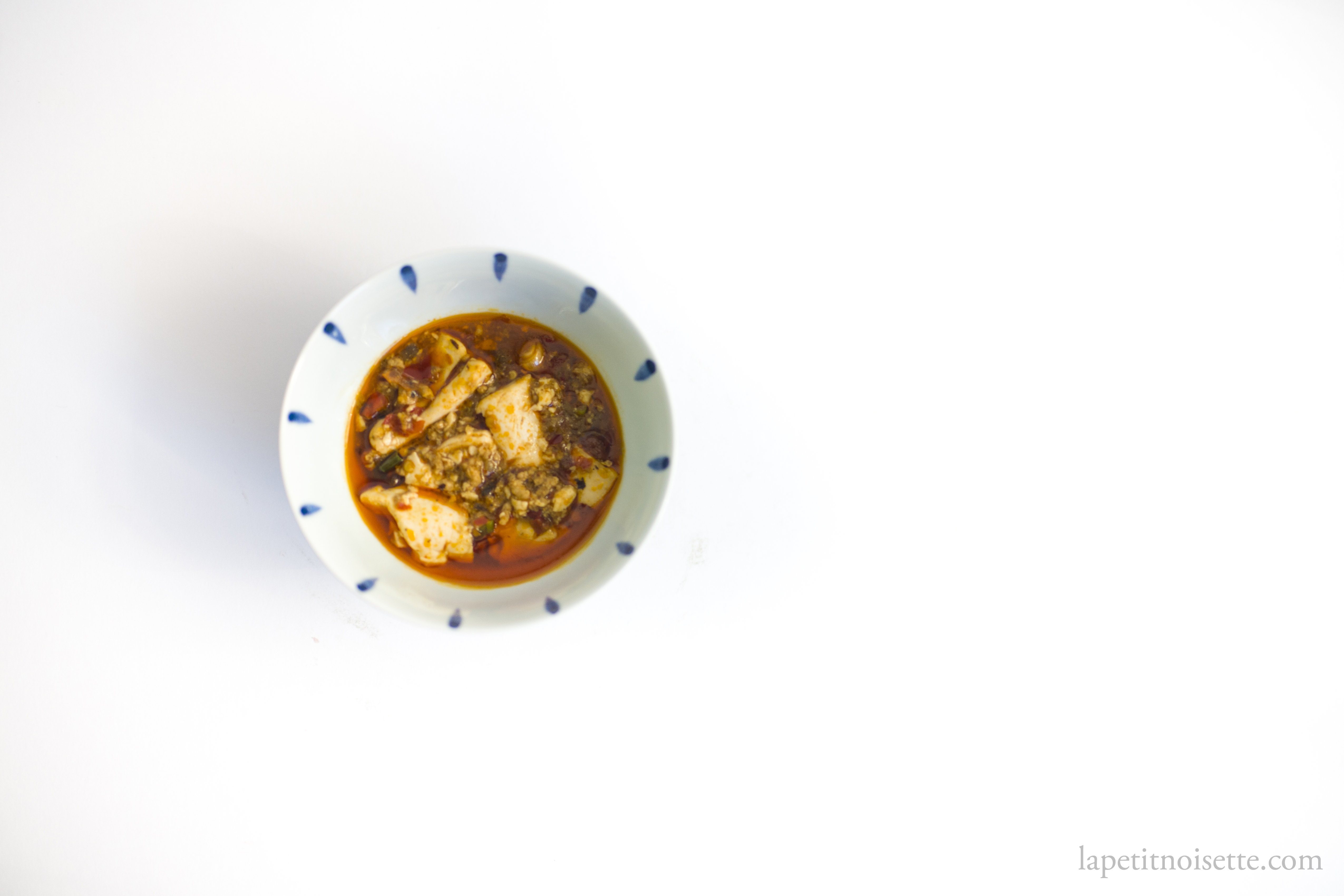
Whilst mapo tofu is a dish that originated in Sichuan, China, many Japanese restaurants have started serving their own rendition of this dish as well, with one of the more unique additions to making this dish being the addition of fish milt. One of the chinese restaurants that has broken into the Tokyo food scene is Ginza Yamanobe (銀座やまの辺) who also serves mapo tofu with milt which we’ll be attempting to replicate in this article (more on that later).
In this article, we’re going to dive into what in my opinion is one of the best dishes from chuka ryori (中華料理) or Japanese Chinese cuisine.
Chinese versus Japanese Mapo Tofu
In the English speaking world, the main voice of authority on Sichuan cuisine has to be Fuchsia Dunlop. I personally highly recommend reading her books if you intend to learn the basics of Sichuan cuisine and you’ll not only be rewarded with a whole host of dishes that you’ll be able to make, but also be taken along a fantastic journey through Sichuan as you turn the pages of her masterpieces. Crucially, She doesn’t water down her dishes for the western palate and stays true to what she had learned from various chefs in Sichuan. This being the case, we’re going to be taking her recipe for mapo tofu as the baseline of what an ‘authentic’ mapo tofu looks like and compare it to Ginza Yamanobe’s recipe to see how it’s been slightly tweaked to suit the Japanese restaurant scene.
The first main difference you’ll find in their recipes is the use of fermented pastes in their sauces. True to Sichuan tradition, Fuchsia Dunlop only adds Sichuan chili bean paste (doubanjiang/豆板醤/トウバンジャン) to her mapo tofu but Ginza Yamanobe adds chili bean paste as well as sweet flour paste (tianmianjiang/甜麺醤/テンメンジャン) which made from fermented wheat dough to their dish. This is a common addition to all recipes in Japanese for mapo tofu, even the famous iron-chef Chen Kenmin (陈建民), though I’ve been unable to find the reason for this difference.
There also does exist a point of terminology that differs slightly, which is making a meat miso (肉味噌) as the base of the dish. From my knowledge, meat miso in Japanese is basically a mixture of minced meat cooked with seasoning (typically miso) that can then be stored in the fridge for ease of use to enhance dishes such as tofu for stir fried vegetables. While the characters for meat miso in Japanese use Kanji, which is the same as Mandarin characters, they yield no results when searched for on the internet which is more evidence that it’s a uniquely Japanese thing. For mapo tofu, Ginza Yamanobe’s recipe starts by making a meat miso which involves frying minced meat before adding soy sauce, sake and sweet flour sauce. In contrast, Fuchsia Dunlop’s recipe essentially starts with making a meat miso where she first fries the mince meat before separately frying some aromatics with chili bean paste in oil, before adding back the cooked mince meat. The only difference really is that it’s just part of the recipe in the Chinese world but in the Japanese world it’s been given a name because this step of the recipe can be taken out and used in other applications or dishes.
The next difference is the addition of soy sauce in Yamanobe’s recipe. Given that both recipes contain fermented black beans (豆鼓) and chili bean paste, it felt as though the addition of a little soy sauce to the dish was a little odd as mapo tofu already contains plenty of sources of fermented bean flavor. Given that this addition is during the step for making meat miso, it could be to build flavor into the minced meat first. Yamanobe use of fermented black beans is in a ground up sauce form (豆鼓醤/トウチジャン) instead of whole beans, which is most likely a textural choice.
The more I look at the two recipes, the more I feel like Fuchsia Dunlop’s recipe aims to showcase Sichuan chili bean paste as a major component of the dish, which makes perfect sense when you read her books and see how indispensable Pixian (郫县) doubanjiang is to Sichuanese cooking. When you look at Yamanobe’s recipe, it’s more clear that certain decisions have been made regarding melding and blending flavors. For one, he omits the addition of minced garlic and ginger while adding a small amount of sake. While both recipes call for a similar total amount of oil (~80g), Fuschia Dunlop uses only neutral oil and almost all the oil is used to fry coax out the flavor of the chili bean paste. Meanwhile, Yamanobe uses neutral oil to fry the beef and then sansho oil (山椒油) and chili oil (ラー油) to finish the dish.
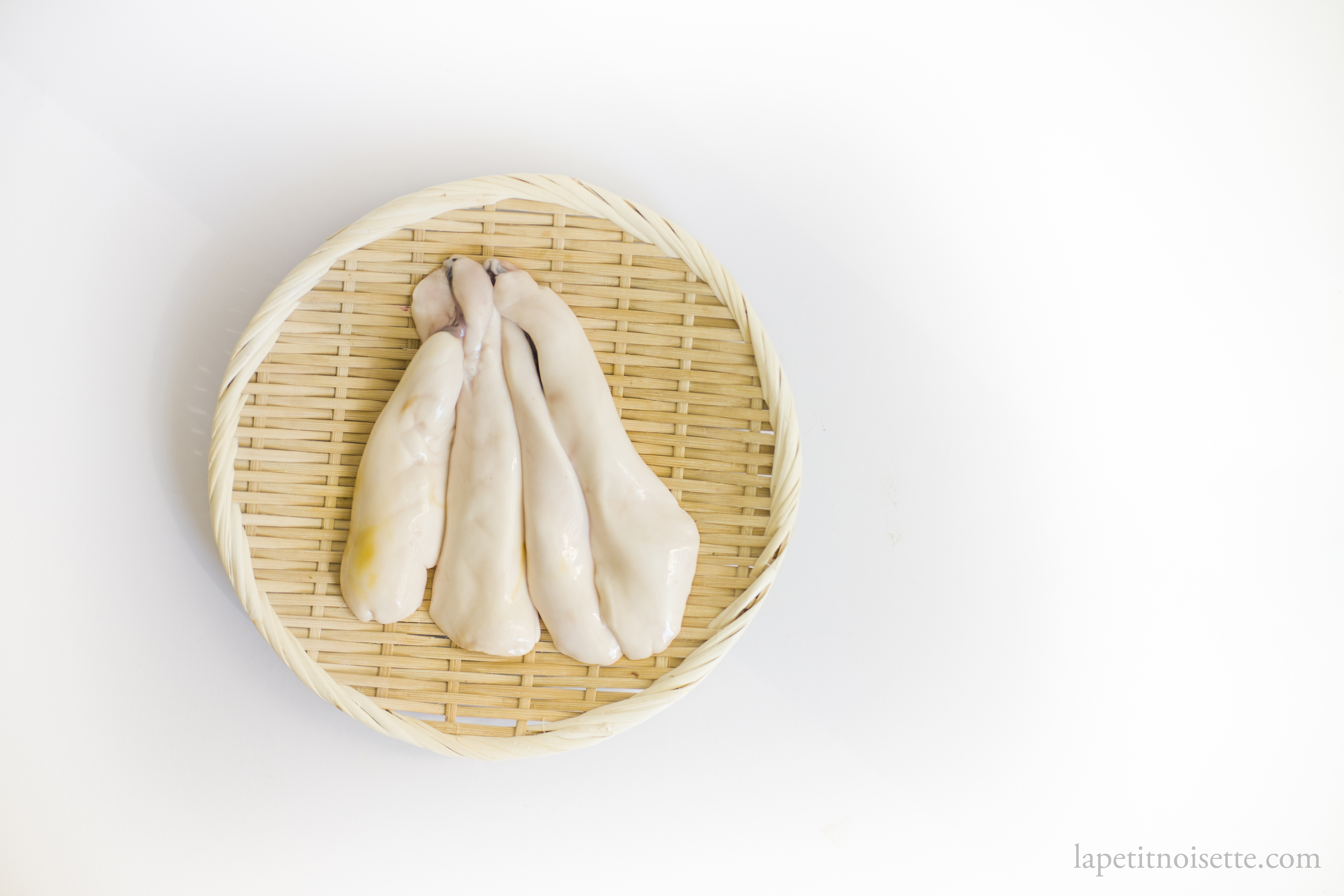
Fish Milt (Shirako/白子)
Fish milt (sperm) in Japan tends to be one of the more divisive dishes that you can sometimes find, but even in the world of fish milt, there exists a hierarchy. At the very top, you have the most sought after puffer fish milt, with it’s snow white appearance and immaculately smooth texture. Its eye popping price tag means that it’s only served at high end restaurants, and as with most high end Japanese delicacies, tends to be served with minimal preparation. More commonly, you’ll find cod milt, which does not come in a single large piece like puffer fish milt, but in a more wavy and uneven form, very much like the gyrification in brains. Whilst still not cheap, it’s at least affordable and is more common to the point that the word shirako (白子) which is the generic term for fish milt in Japan, automatically refers to cod milt unless otherwise stated. There exists one much lesser known milt which is cheaper than the rest, which is mullet milt (bora shirako/ボラ白子) from grey mullet, not the vibrant red mullet that you’d most probably have eaten before.
Mullet milt is less delicate compared to cod milt and has a slightly stronger flavor, but is much more similar in the way it maintains its shape during cooking to pufferfish milt, making it ideal as an interesting substitute for tofu. Before you balk at the idea of eating mullet milt, you might already be familiar with other products derived from grey mullet, such as Italian bottarga and Japanese karasumi, both which are made from mullet roe (eggs). Feel free to substitute the mullet milt for cod milt or, if price is no barrier, pufferfish milt.
At Ginza Yamanobe, mapo tofu is sometimes served with cod milt or pufferfish milt depending on what’s available at the market. If you’re lucky enough to try their pufferfish milt mapo tofu, you can consider yourself very lucky. This recipe is for cod milt but with instructions for other kinds of milt in the recipe notes. The base mapo tofu recipe is still the same.
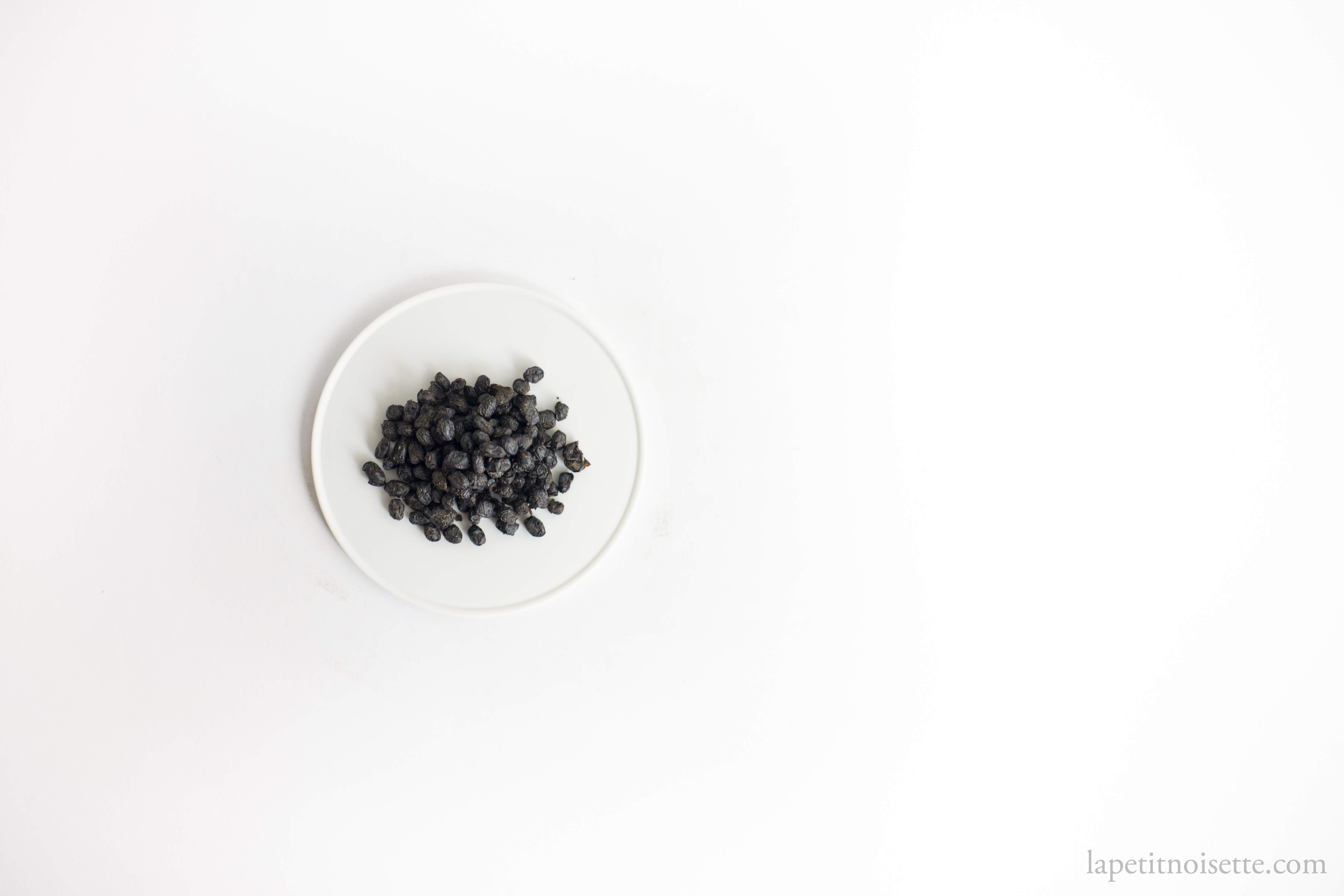
Ginza Yamanobe’s Fish Milt Mapo Tofu Recipe
Cod Milt
100g of cod milt (Shirako)
Tofu
400g of silken tofu (絹ごし豆腐)
Salt
Meat Miso
25g neutral cooking oil
75g minced pork
75g wagyu beef mince (substitute with normal beef mince)
15g of sake
15g of soy sauce
25g of sweet bean sauce (tianmianjiang/甜麺醤/テンメンジャン)
Sauce
160g of chinese stock (substitute with chicken stock)
20g of chili bean paste (doubanjiang/豆板醤/トウバンジャン)
10g of fermented black bean paste
15g of potato starch mixed with 30ml of water
25g of chili oil (ラー油)
20g of sansho oil (山椒油)
Sansho powder
Sichuan pepper powder
15g of the white part of a leek (長ねぎ) finely chopped (Can be substituted with the white part of spring onions)
15 of garlic greens (葉ニンニク) roughly sliced (Can be substituted with the green part of spring onions)
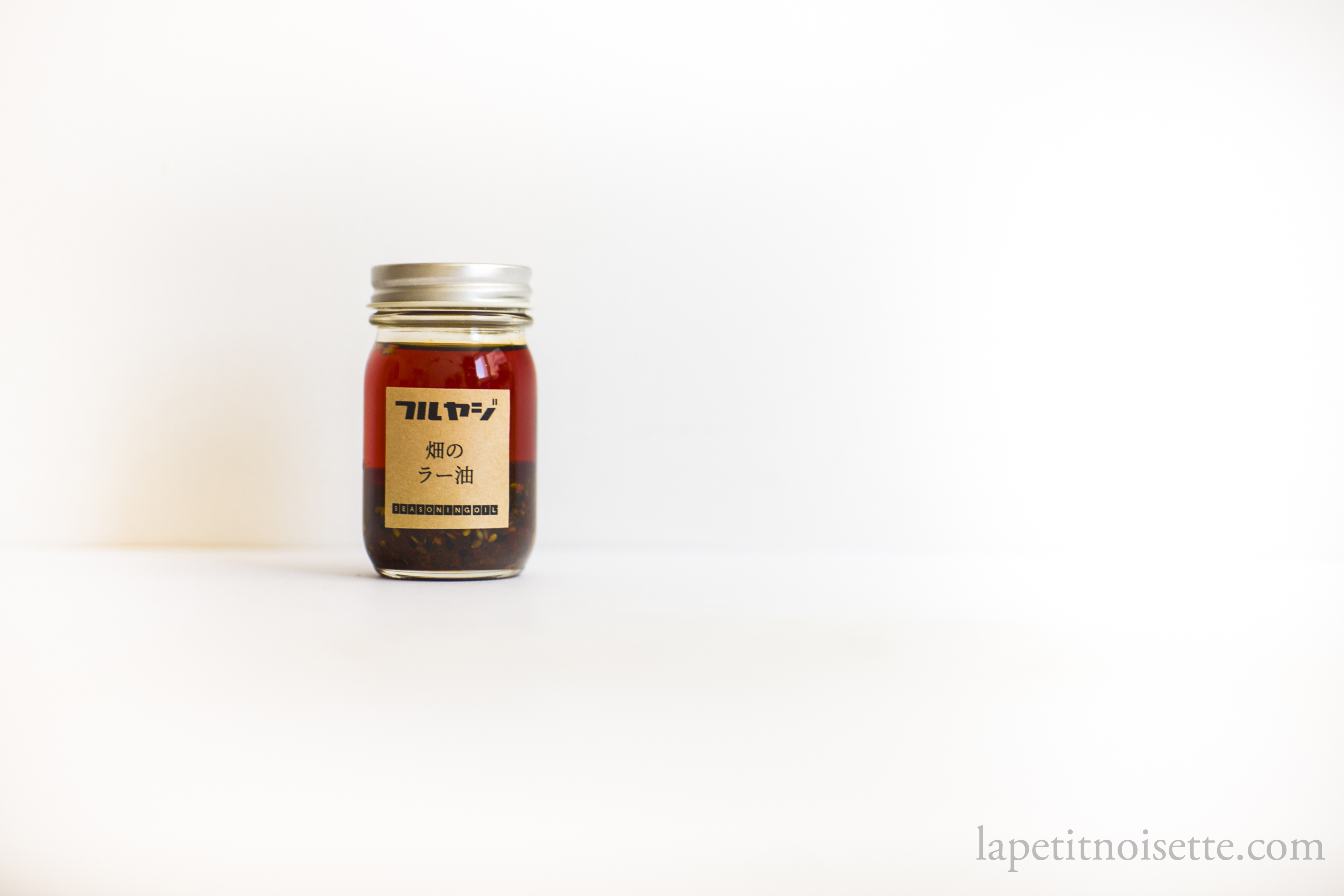
To start, cut the milt into bite sized pieces being careful to trim away any veins or blood vessels. Blanch in a pot of boiling water for around 30 seconds before setting aside to cool.
Cut the silken tofu into cubes. Bring a pot of water to boil and salt as you would for pasta. Turn off the stove and pour in the silken tofu to steep in the hot water while you cook everything else.
Next, start making the meat miso by heating the neutral oil in a wok or pan, before adding the minced pork and beef. Fry on high heat whilst breaking up the lumps of mince meat. When the minced meat has cooked and you can no longer see any red, add in the sake to deglaze the pan, before mixing in the sweet bean sauce. Turn down the heat if the sauce starts to sputter and burn at the bottom. Stir in the soy sauce at the end. At this point the meat miso is done and can be stored and refrigerated as a topping for other dishes or just over rice. For this recipe, do not remove from heat.
Whilst the meat miso is still frying, create an empty space on the wok by pushing the meat miso together on one side and add in the chili bean paste to the empty space. Fry the paste in the oil from the meat miso that will have oozed out into the empty paste. Stir to prevent burning and fry until fragrant before mixing into the rest of the meat miso. Once mixed, add in the fermented bean paste and continue to fry.
Pour in the chicken stock before straining out the tofu, making sure to drain the tofu well and add the tofu to the sauce and bring it up to a simmer. After simmering for around a minute, add in the green onions and garlic leaves.
Mix together your water and cornstarch before drizzling it over the sauce. Mix the cornstarch in gently by moving the wok back and forth whilst pushing with the back of your ladle or spatula. The idea here is to keep the soft silken tofu intact, but some chefs like the iron chef’s son Chen Kentaro vigorously mix the sauce and break up the tofu.
Once the cornstarch is mixed in, turn down the heat and add in the shirako to gently heat through. Add in the chili oil, sansho oil, sansho powder and sichuan pepper powder, all the while shaking the wok gently to mix it in. Serve whilst still hot.
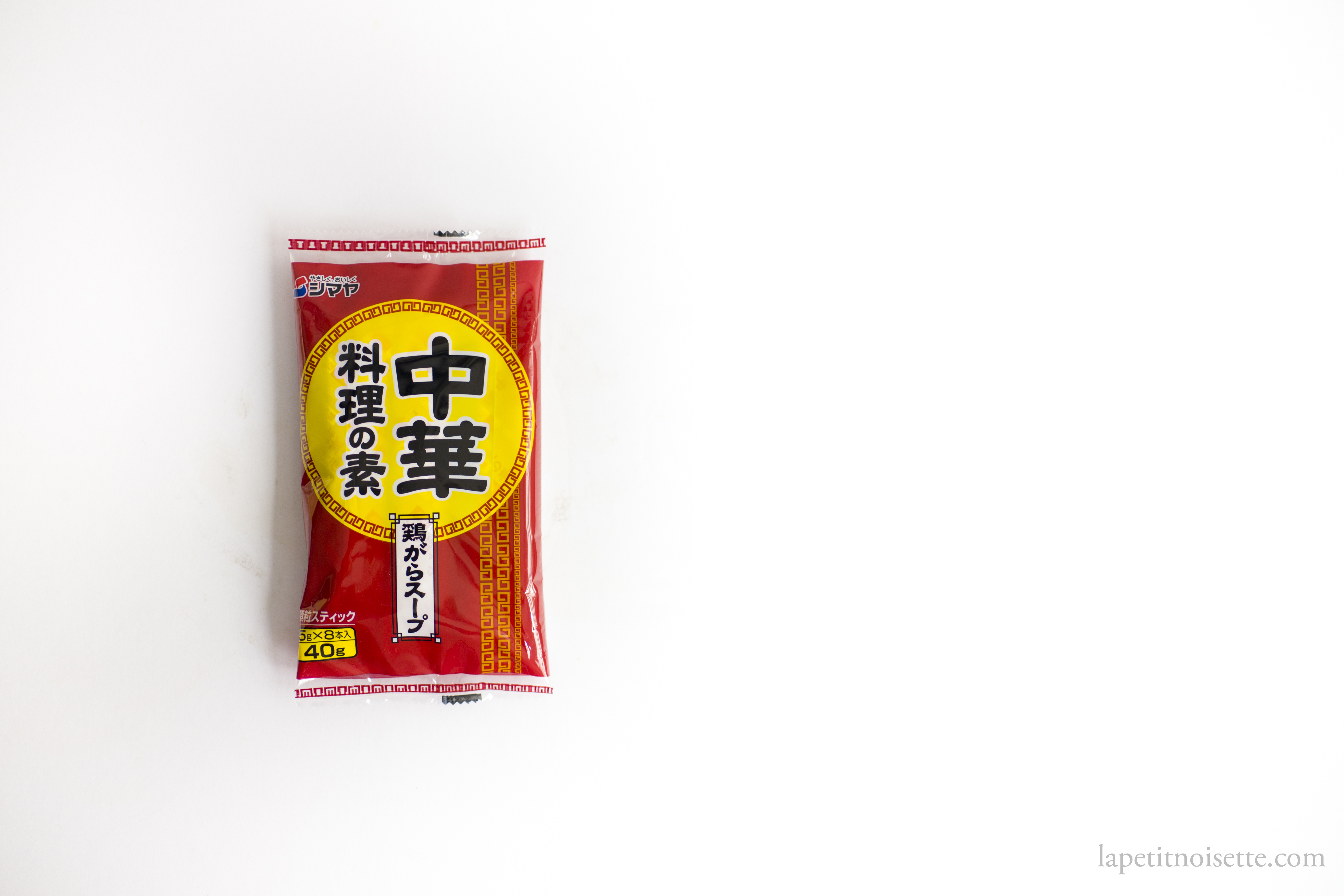
Notes:
The minced meat used can be 100% pork or beef, it just so happens that Yamanobe uses 50% of each so to stick true to his recipe that is what is listed.
Ginza Yamanobe way of serving his mapo tofu
After cooking the dish he portions it out into smaller custom made claypots by Nakagawa Isshiro for each customer to have. He does this by adding the finished shirako mapo tofu to the claypots and then heating it to a boil so that the dish will continue to be kept warm in the claypots. An exception is when serving pufferfish milt mapo tofu, he heats a plain mapo tofu in the claypots before adding a portion of grilled pufferfish milt on top without mixing it in before placing the lid back on the claypot.
Preparing different milts for the recipe
Cod Shirako Mapo Tofu 白子 麻婆豆腐
As in the recipe above, if you’re using cod milt, you can either blanch it straight or dip them in a mixture of cornstarch and water before blanching them. Take care to remove any excess veins. If using high quality cod milt designated to be eaten raw, you can use it straight out of the package into the sauce to gently heat through.
Fugu Shirako Mapo Tofu ふぐ白子 麻婆豆腐
If you’re lucky enough to try this dish using puffer fish milt, follow the instructions to gently roast the milt following the recipe for Tiger Puffer Fish Milt Sake (虎ふぐの白子酒). Cut into desired portions after grilling and add to the top of a plain mapo tofu without other milts.
Mullet Shirako Mapo Tofu ボラ白子 麻婆豆腐
Of all milts, mullet has the strongest smell and flavour but if prepared correctly can be divine. Start by cutting away any of the extra bloodlines or veins in the milt. If it’s too deeply embedded in the milt just try to cut as much as you can without bursting open the milt. Marinade 500g of the milt in around 45ml of cooking sake overnight to help remove the smell. Once marinated, blanch in boiling water for 3 minutes before using as you would cod shirako. If you’d like, you can also char the outside with a charcoal grilled like puffer fish milt.
Prepare the tofu
When testing out this recipe, it was much easier at times to simply skip out the step of steeping the tofu in hot water and simply dump it into the sauce to cook. However over time I realized that this step is crucial for the tofu to be at its optimal mouthfeel where it just melts in your mouth and slips down your throat.
Sichuan pepper vs sansho
Whilst both sansho pepper and Sichuan pepper are from the Zanthoxylum genus, anyone familiar with their tastes will know immediately that they’re not the same species. I’m not an expert on the finer details of this topic but flavour wise sansho pepper has more of an initial burst of citrus flavour at the beginning whilst Sichuan pepper is more known for its numbing sensation. Given that mapo tofu is a Sichuan dish, it will traditionally have used Sichuan peppercorns in the dish. In this rendition of the dish, both Sichuan pepper and sansho peppers are used because they taste different but care should be taken to not add too much total pepper into the dish overall so only small amounts of each should be used. The chef even adds in a dash of sansho oil. While Sichuan pepper oil is relatively common to find in any asian supermarket. Sansho oil is definitely hard to come by.
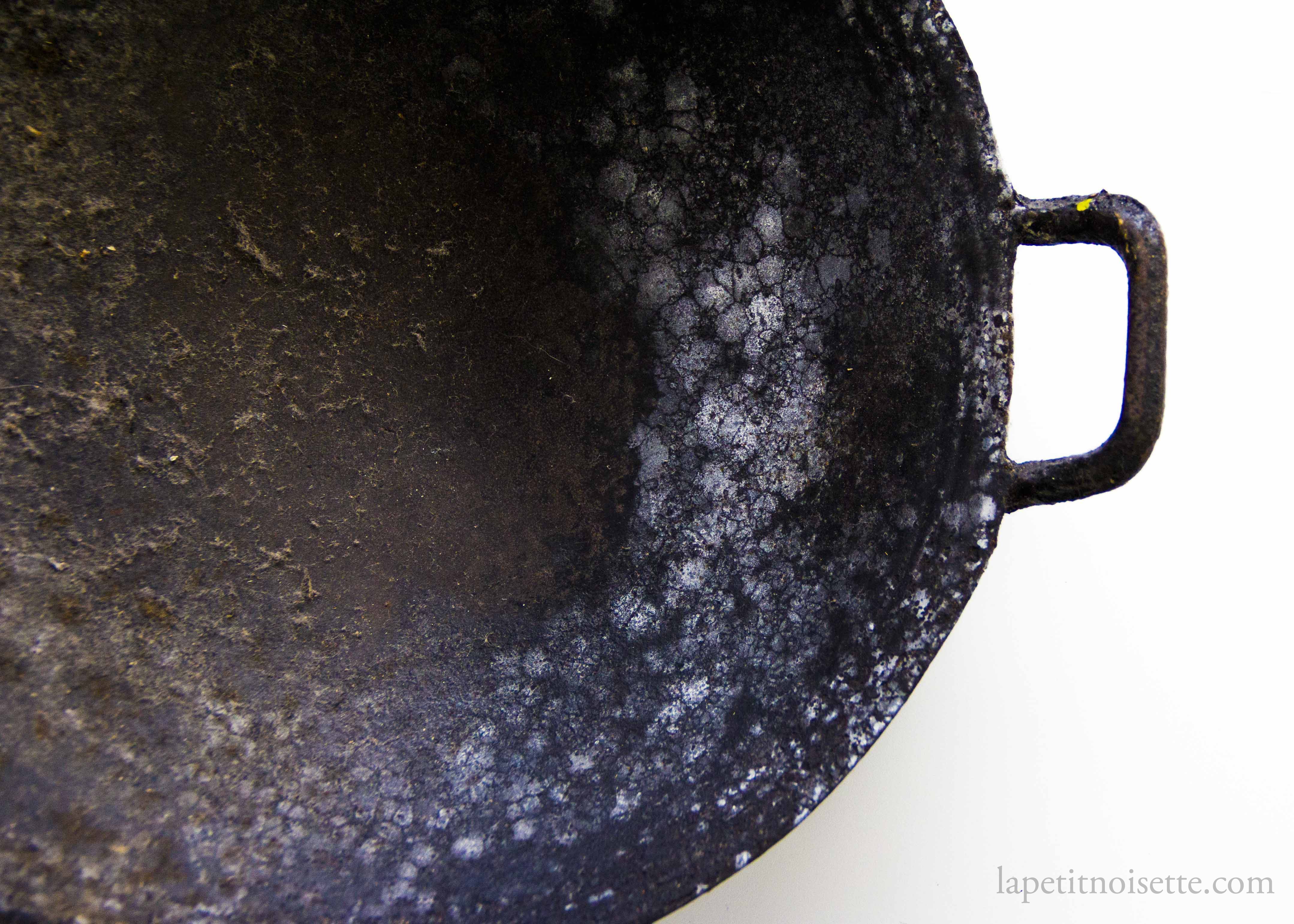
Dedications
My late grandmother happened to own a cast iron wok which I found and restored for the purpose of this recipe. This recipe is dedicated to her.